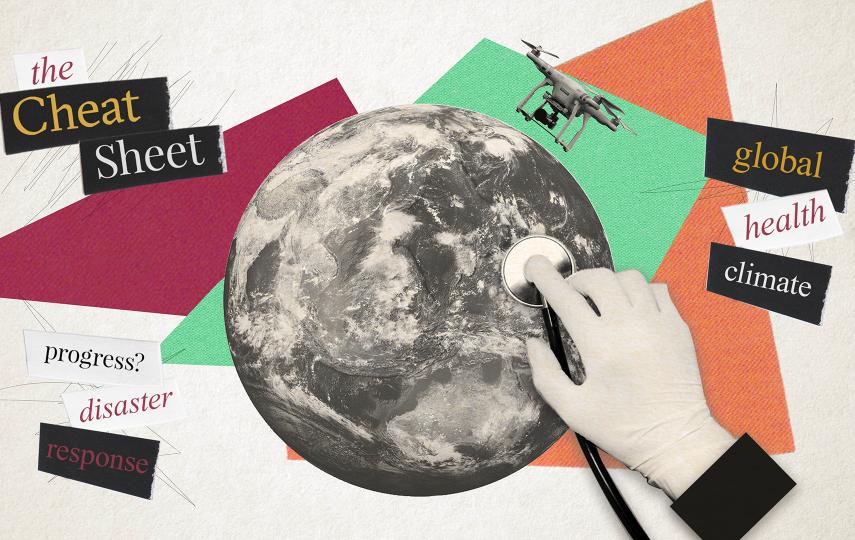North Korea is no stranger to hunger. Estimates of those who starved to death in the 1990s vary widely, but they are all shockingly high. The lack of accurate data is unsurprising given the secretive nature of the authoritarian regime, which is blamed for grossly mismanaging the economy and contributing to the famine. While UN agencies say the government has made major agricultural reforms over the past decade, and the famines of the past are unlikely now, mass hunger remains a threat that has been exacerbated by 18 months of low rainfall.
Here are some key figures:
• 600,000 – 2.5 million: Estimates of the number of people who died from famine in the 1990s
• 70: The percentage of the DPRK’s 24.6 million people whom the World Food Programme (WFP) deems “food insecure and highly vulnerable to shortages in food production”
• 27.9: The percentage of the population that is chronically malnourished and subject to stunted growth (2012 Nutrition Survey)
• 4: The percentage of the population that is acutely malnourished and subject to wasting (2012 Nutrition Survey)
• US $1,800: GDP per capita (CIA World Factbook)
• US $645,800,000: The estimated amount North Korea’s supreme leader Kim Jong-un spent on luxury goods in 2012 (UN Commission of Inquiry on Human Rights in the DPRK)
• 106: The percentage increase in diarrhoea incidence between January and June in 2015 compared with 2014 in the four provinces hardest hit by the drought (OCHA)
• 36: The percentage received by August of the US $117 million the UN says it needs to address humanitarian needs
• 100: The number of years the state-owned Korean Central News Agency says it has been since the country faced a drought of these proportions
jf/ag





